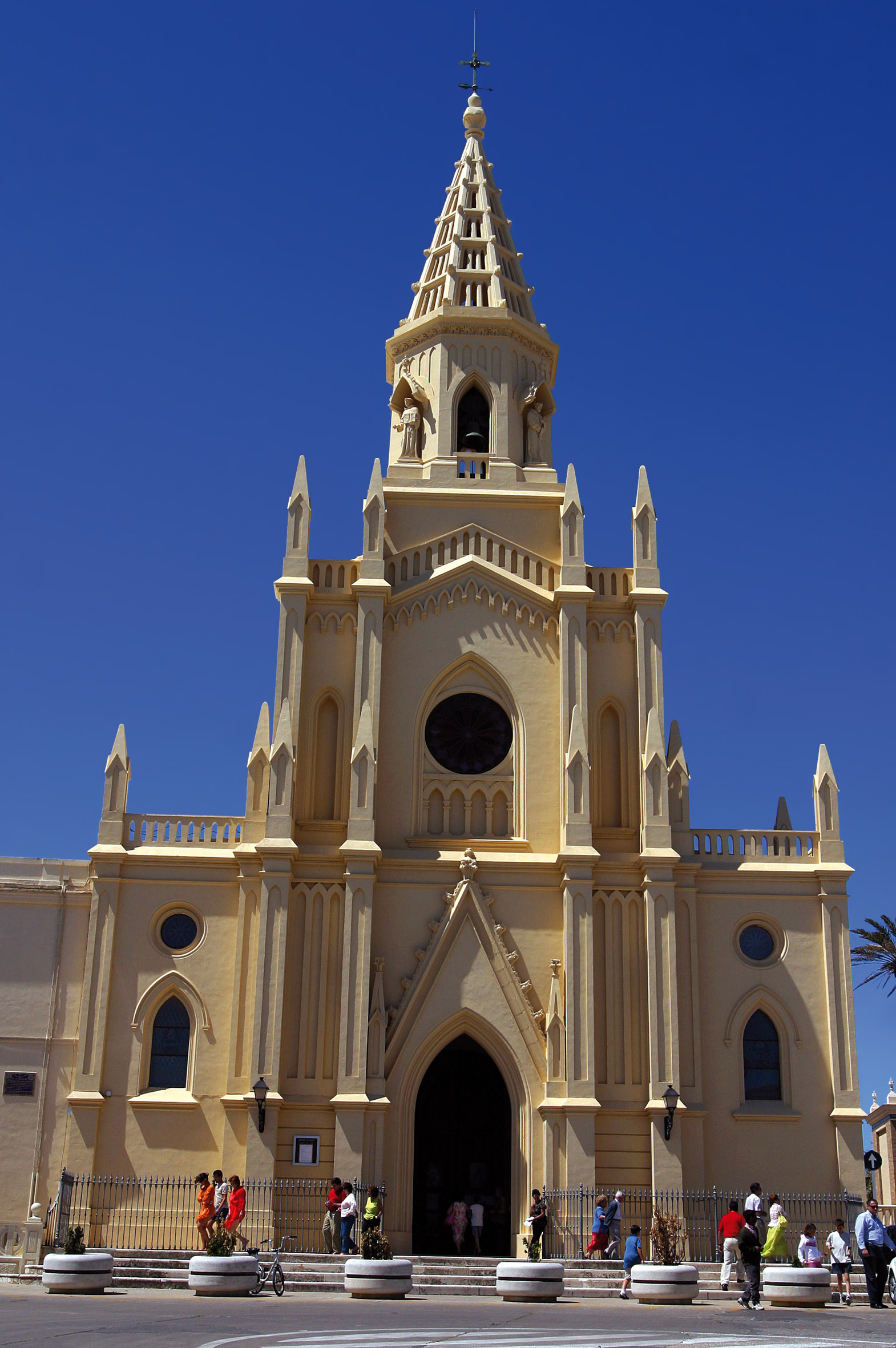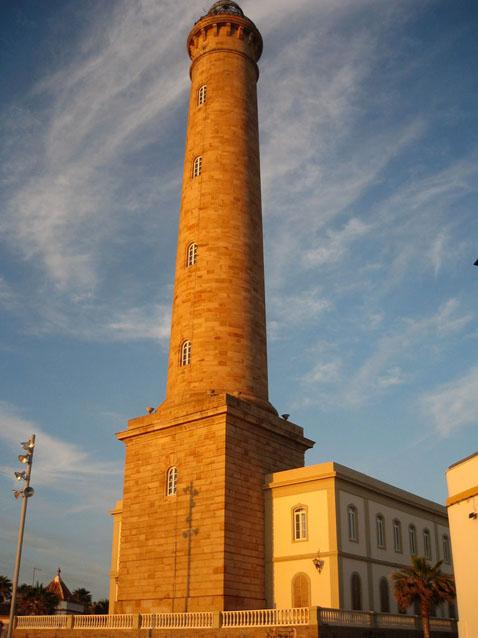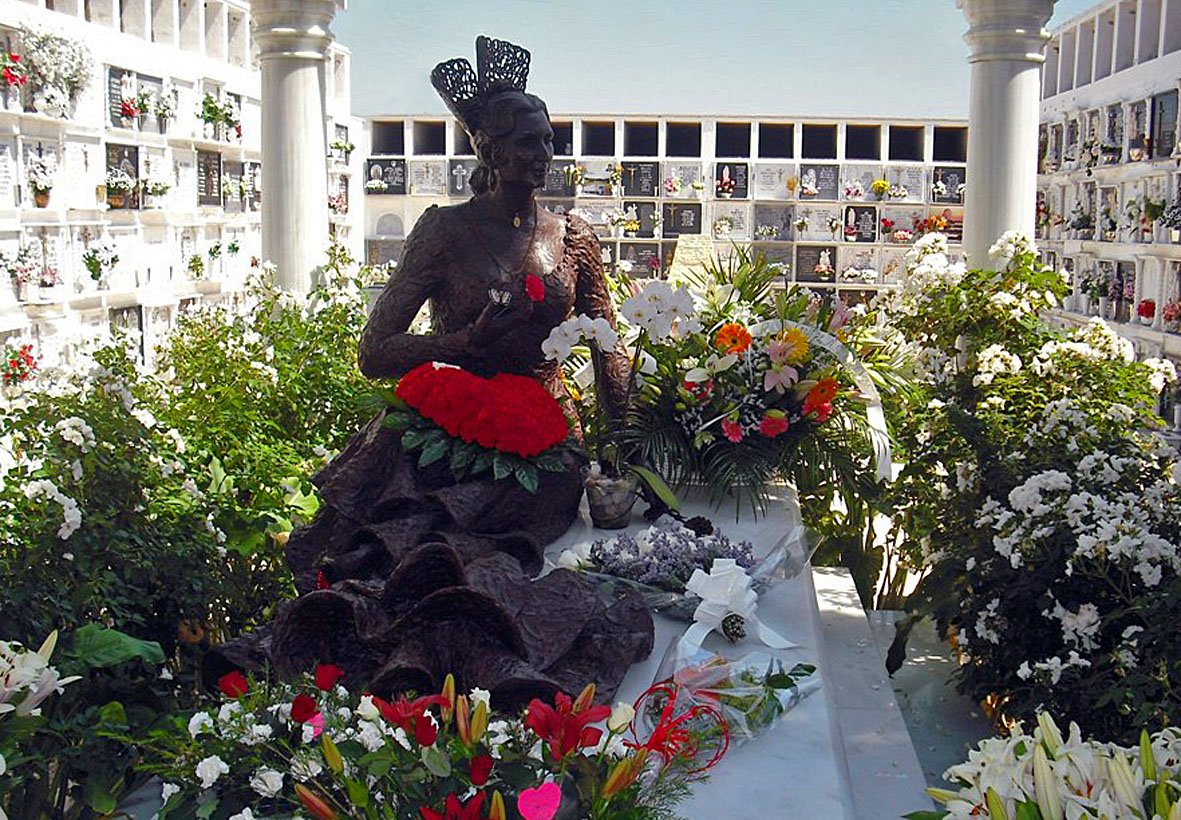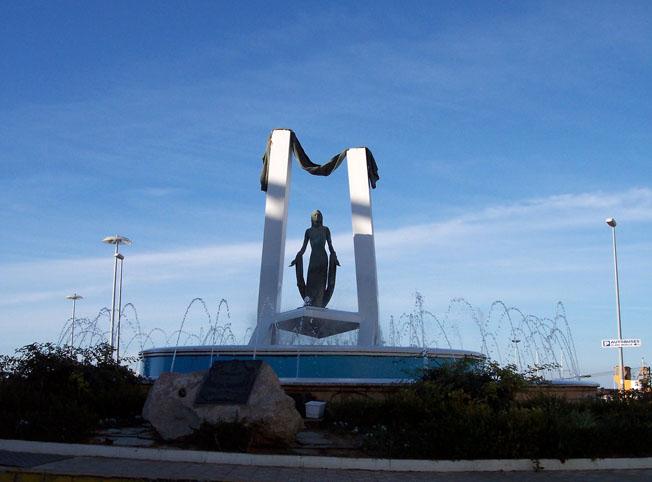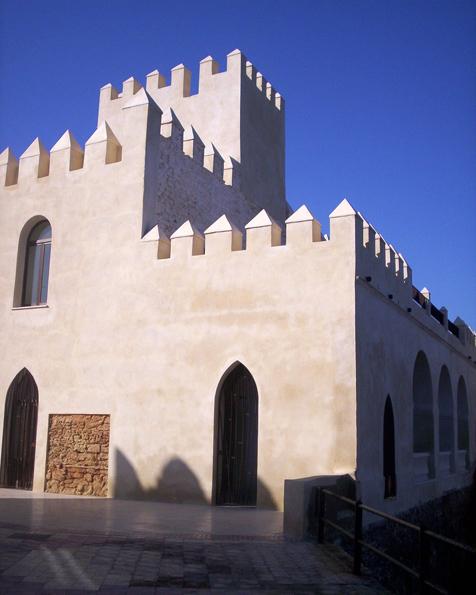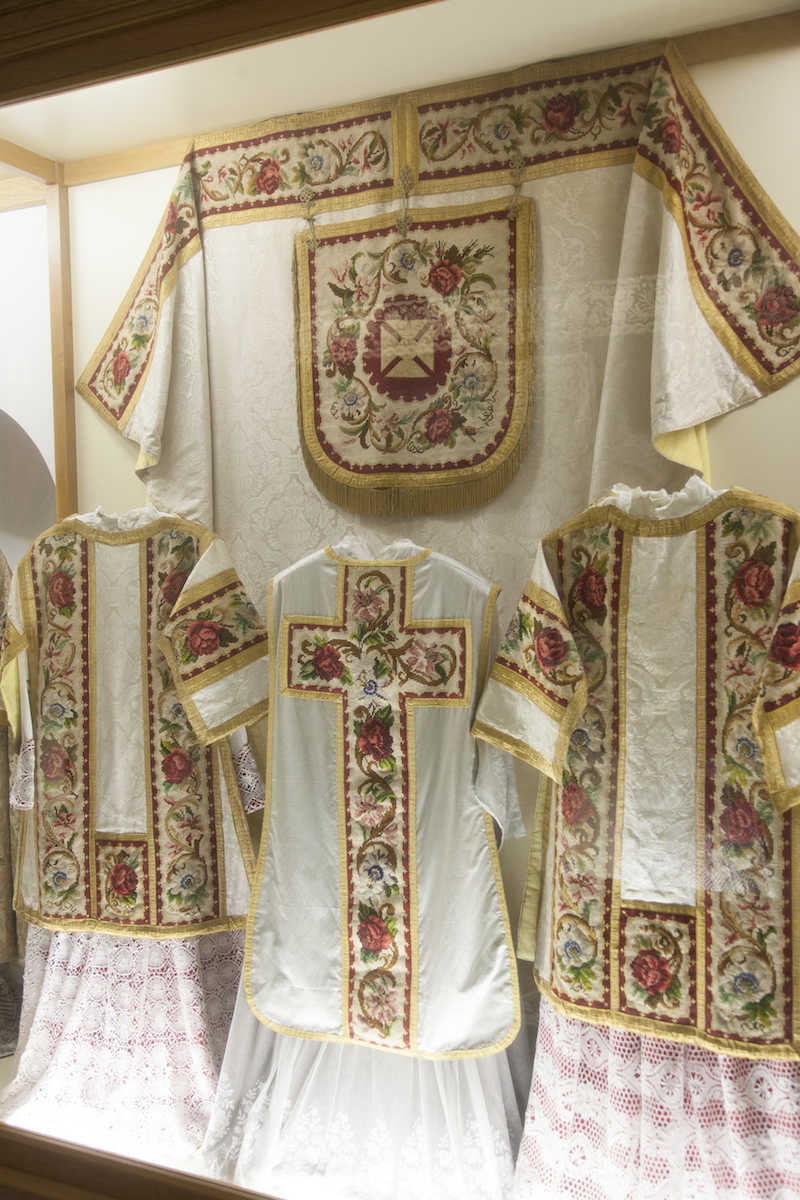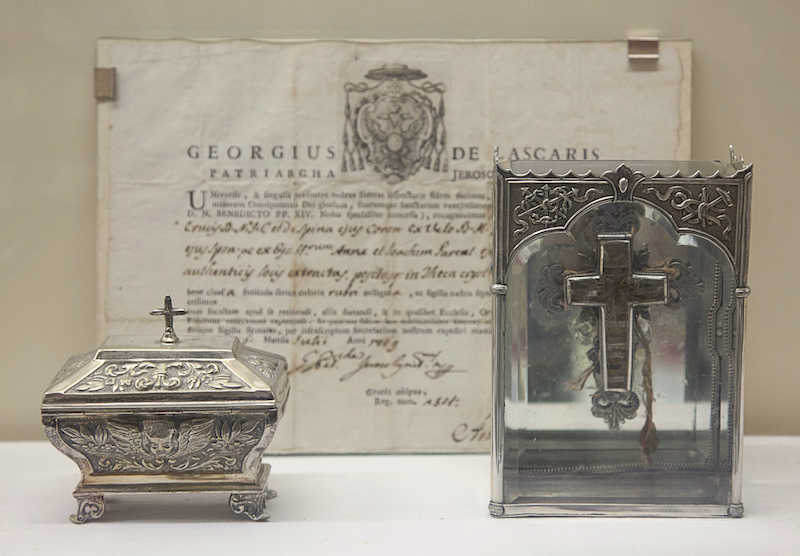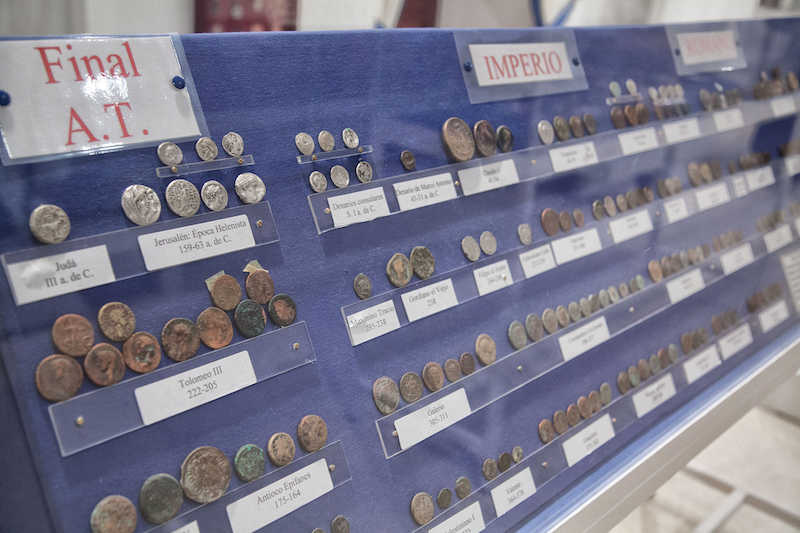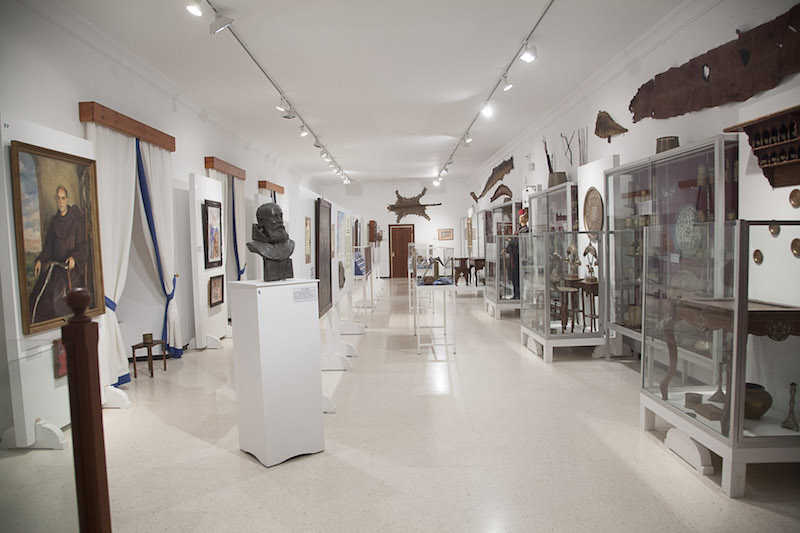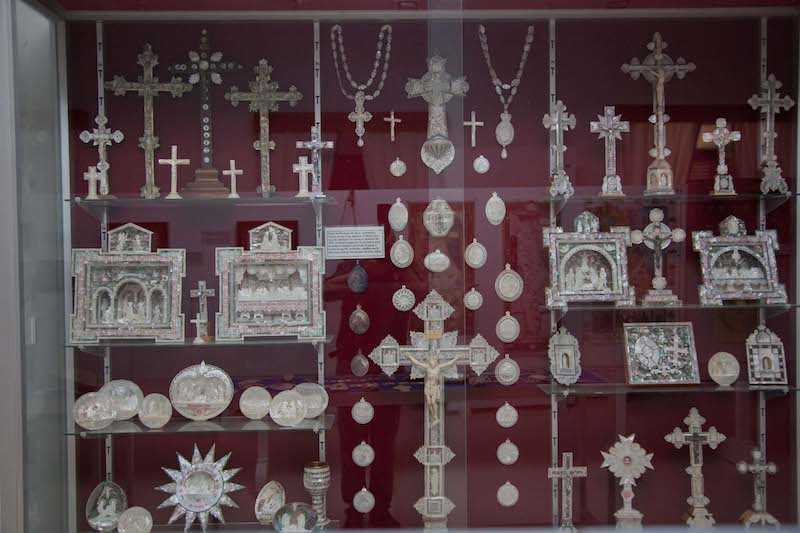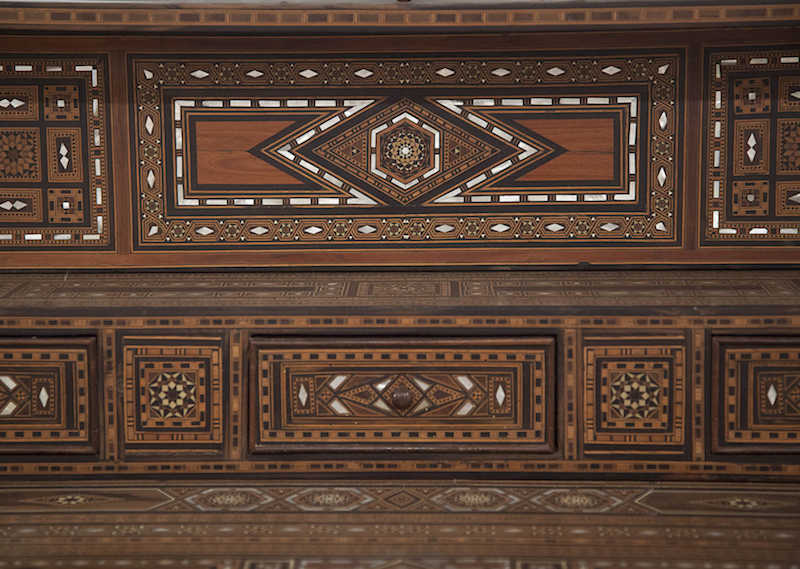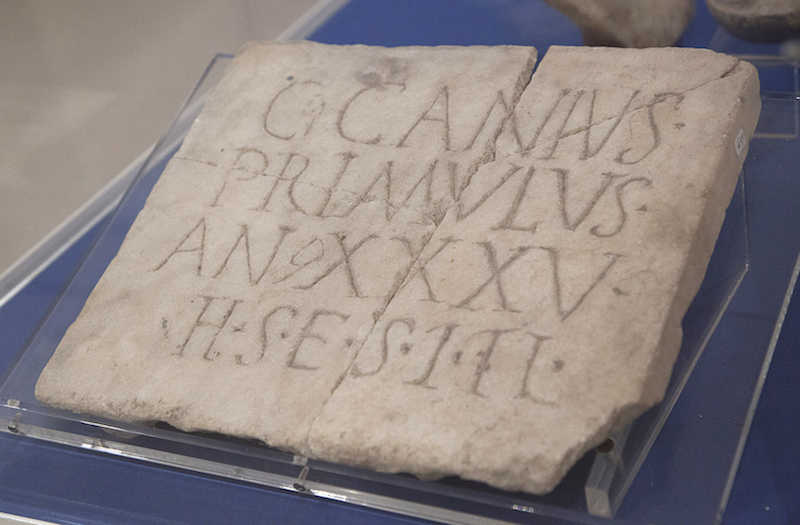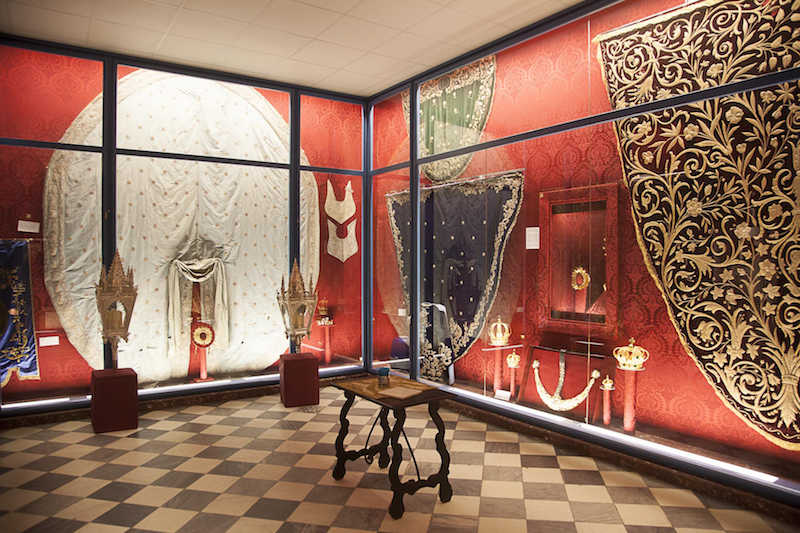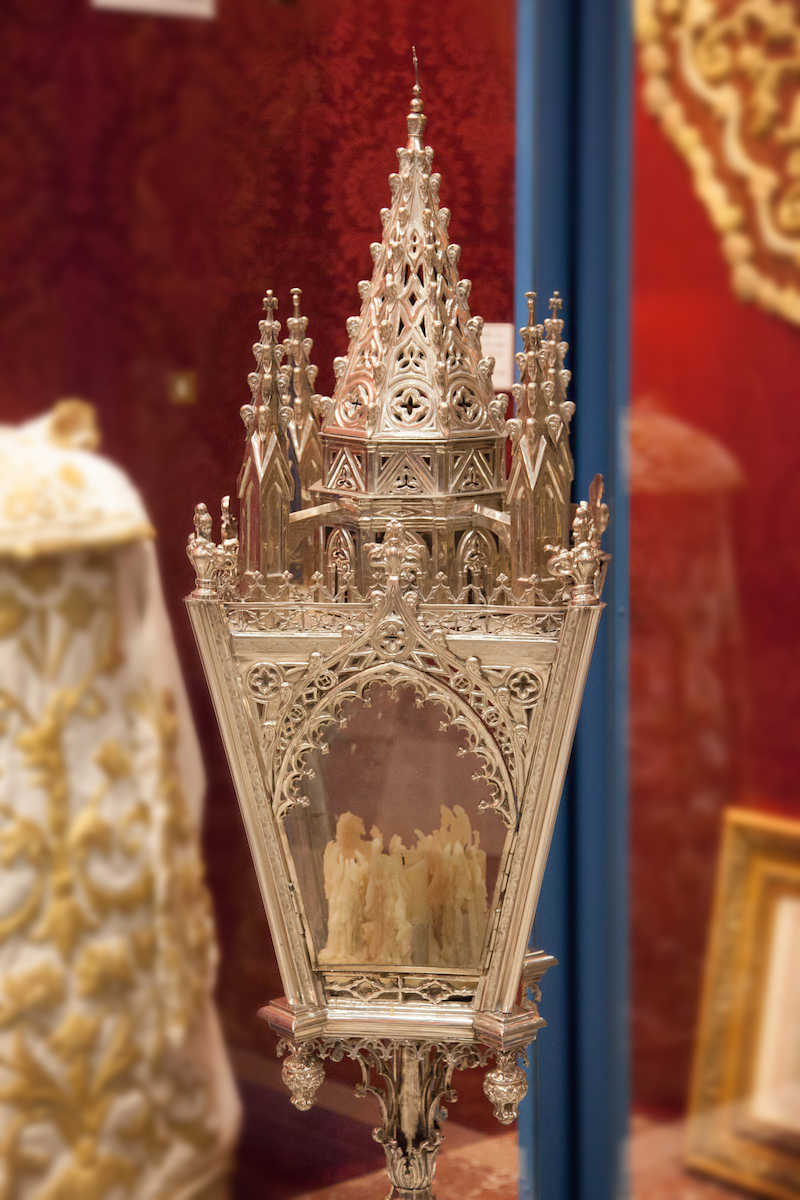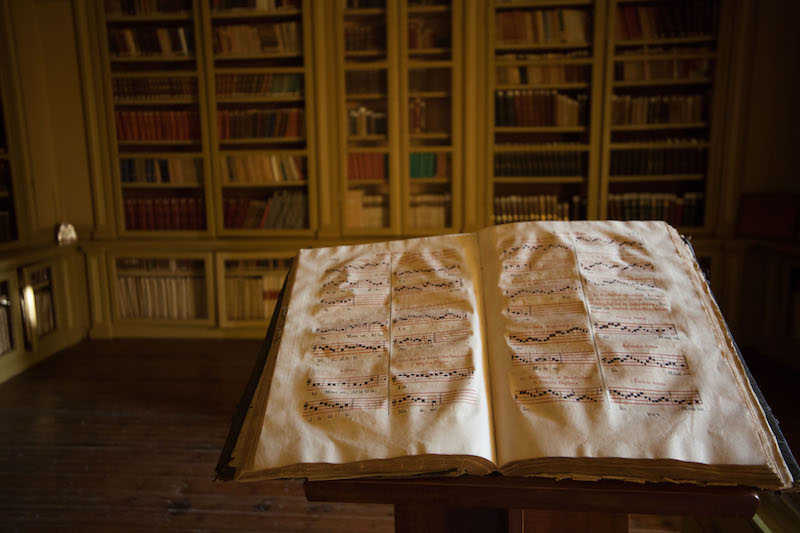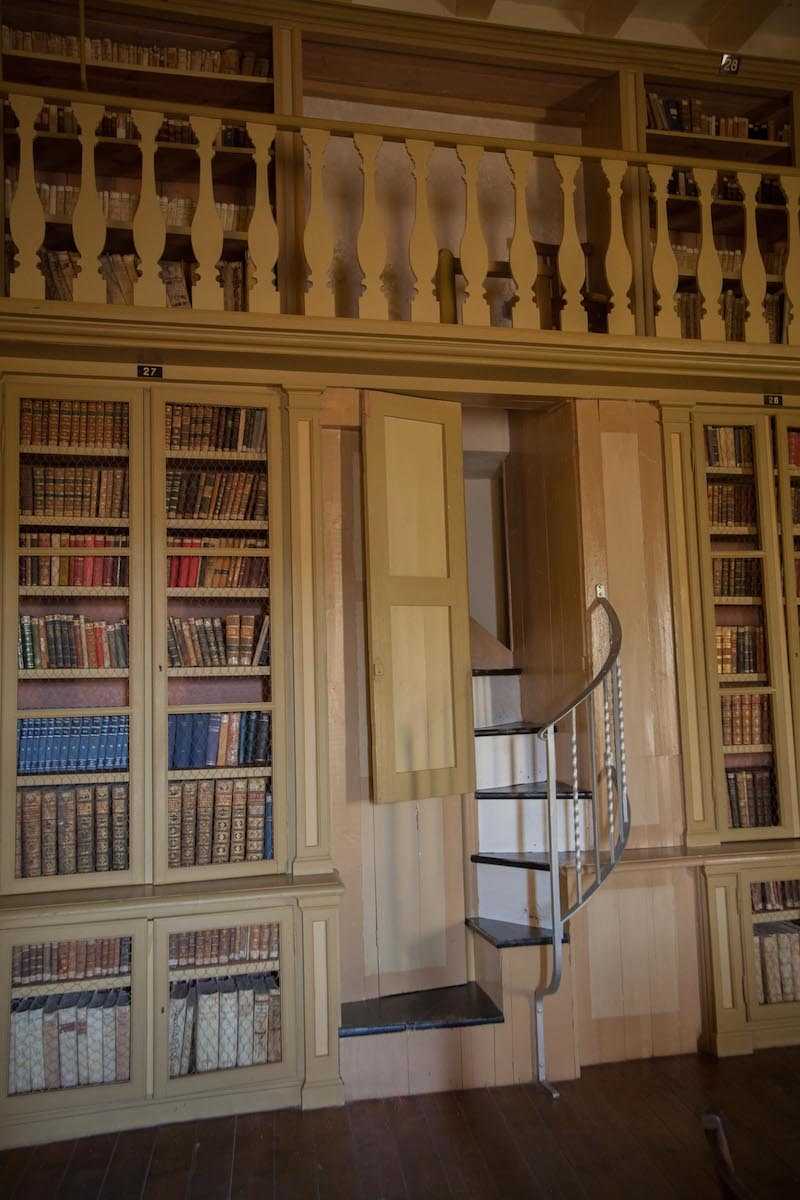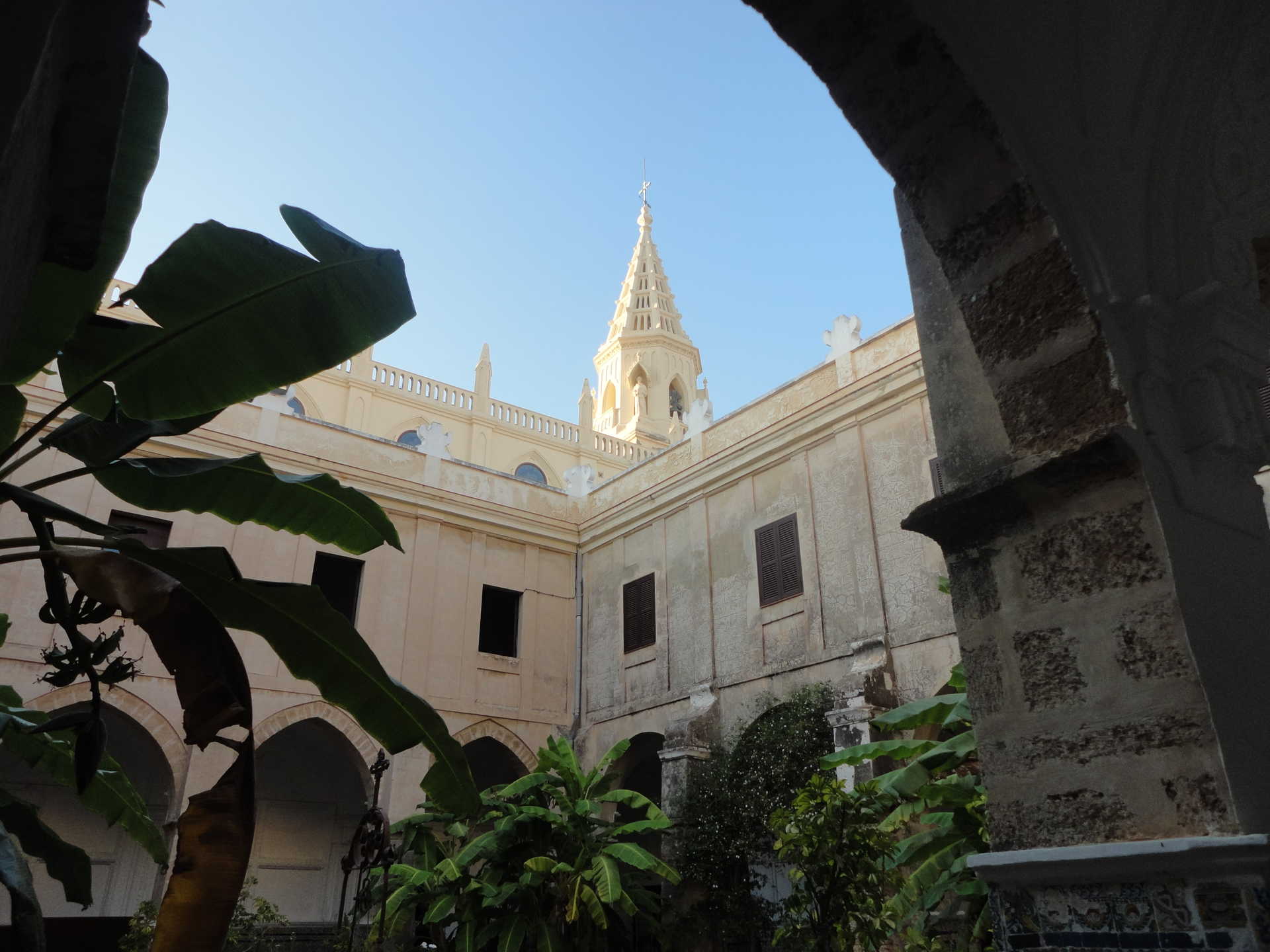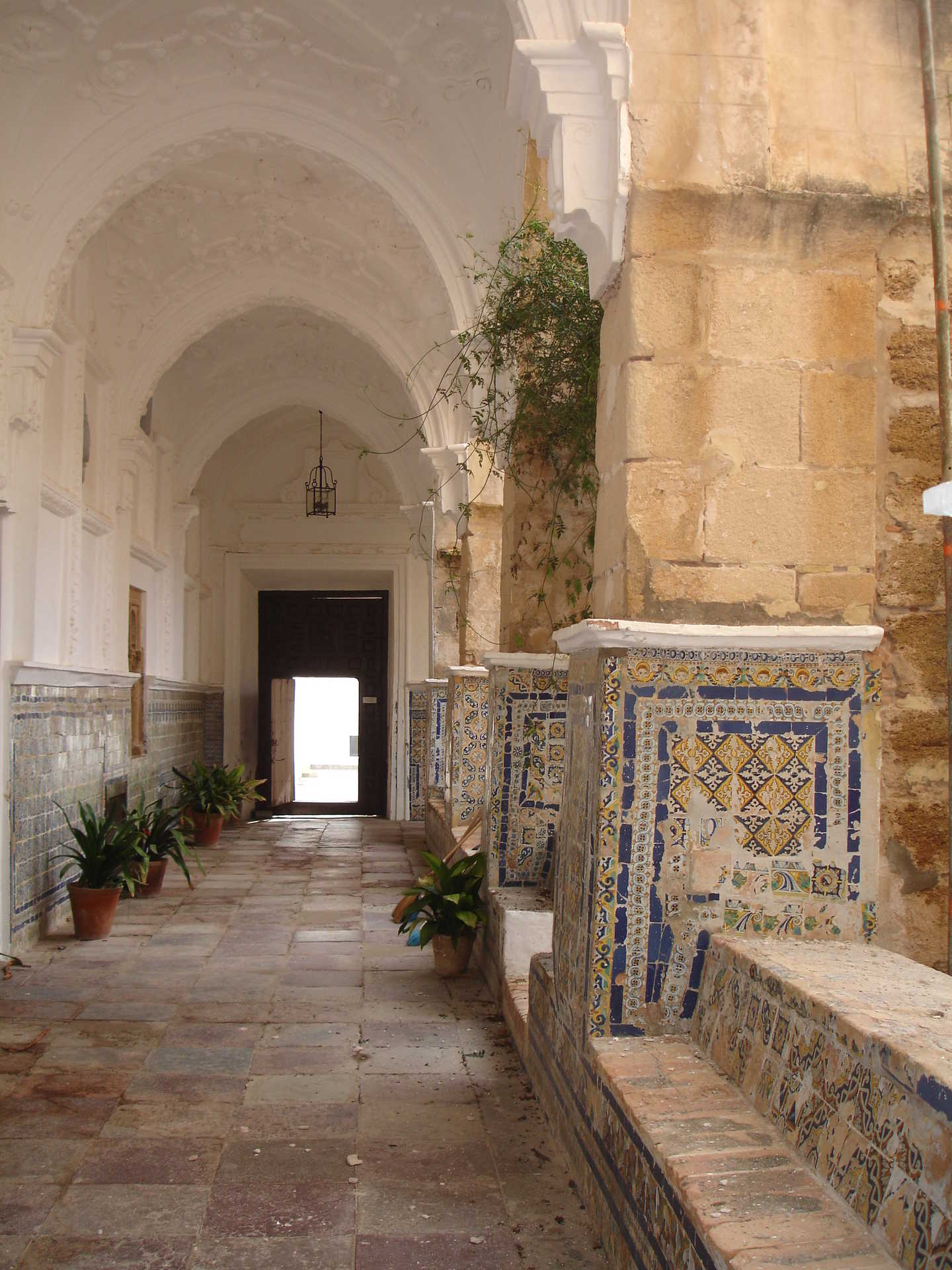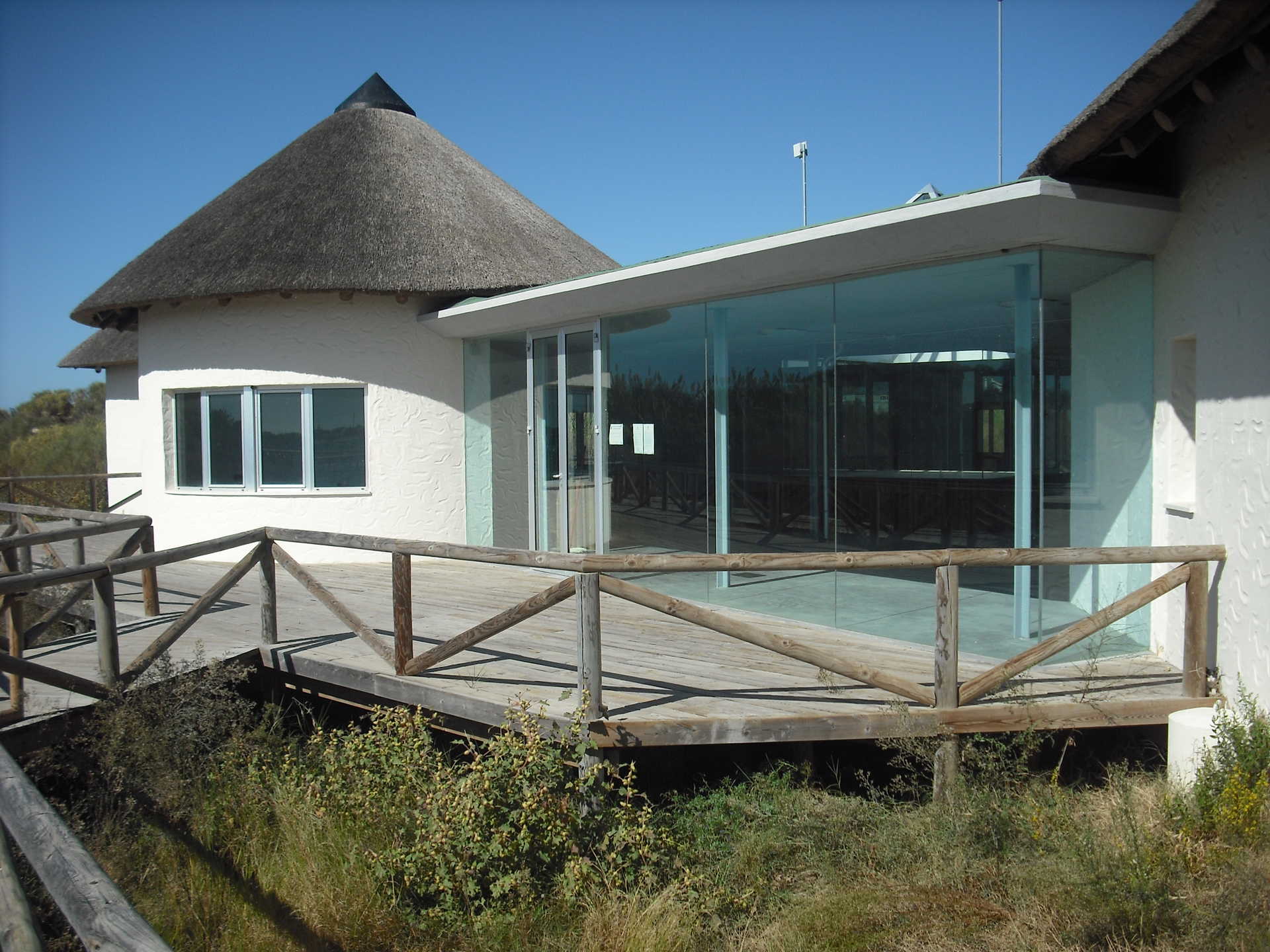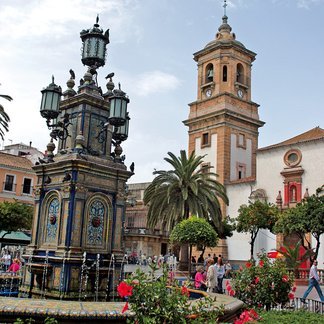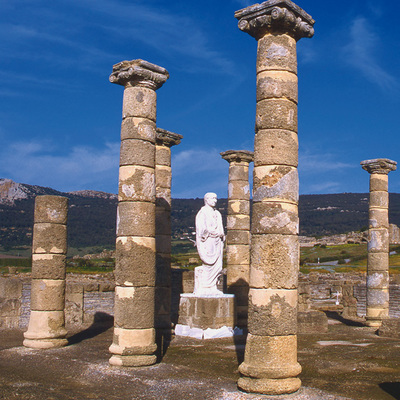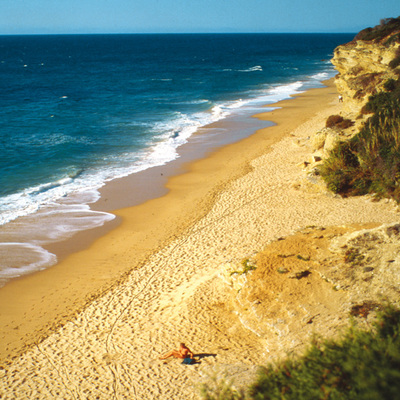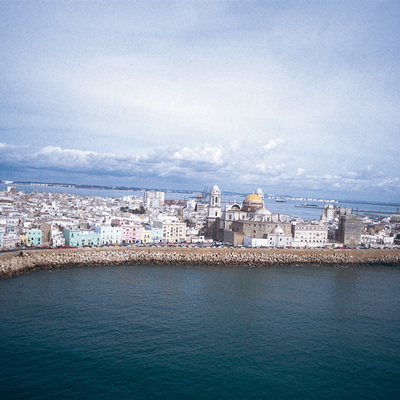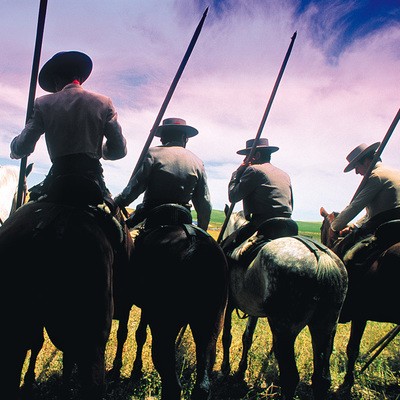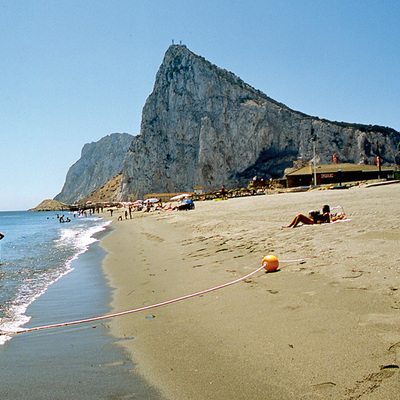Museo de Regla y sus misioneros
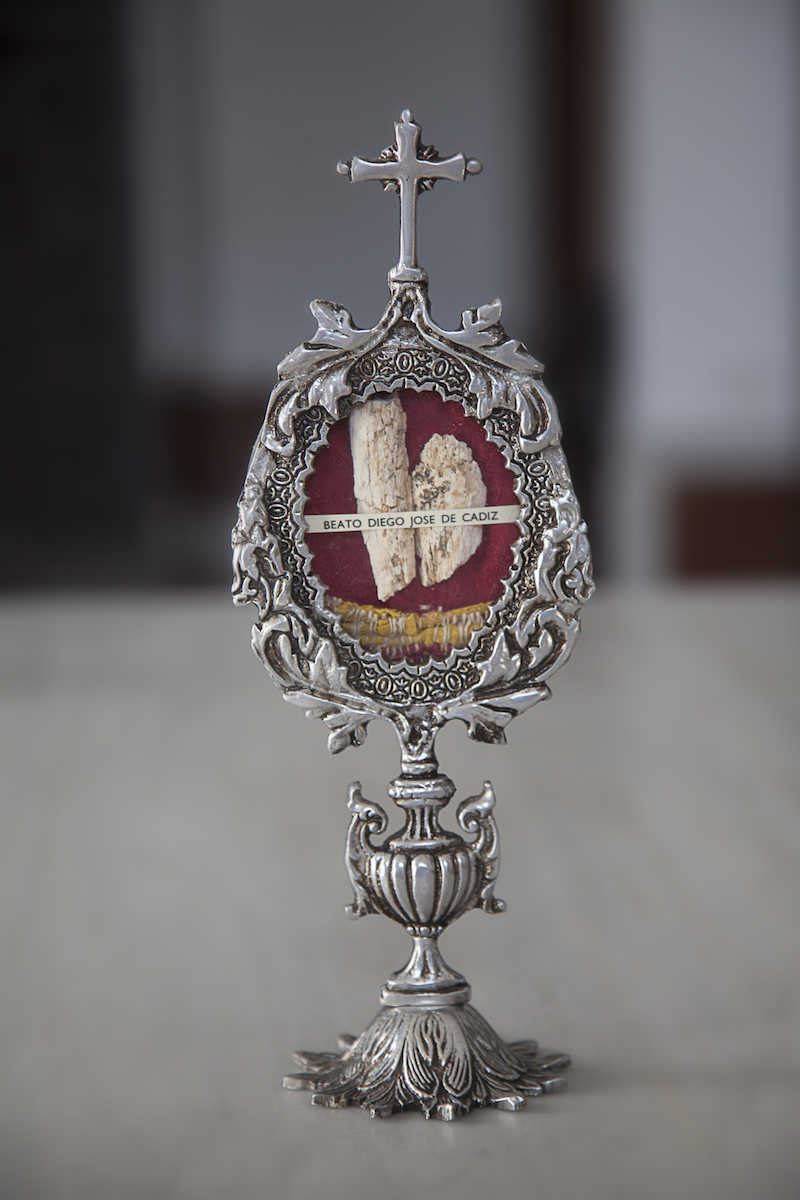
Sanctuary opening times: 8am to 12 noon and 5pm to 7.30pm in the low season. 8am to 12 noon and 5pm to 8.30pm in the high season Rule Museum opening times: Every Friday at 7pm. Advance booking required. Small groups
The Sanctuary of Regla contains the following: * Niche of the Virgin Mary: It consists of Neo-baroque fresco paintings that allude to the different miracles performed by the Virgin of Regla, as well as several Japanese vases and pictures alluding to the legendary appearance of the Virgin of Regla, painted by Juan Laffita in 1933. * Mudéjar Cloister: Corresponds to the golden age of the Ponce de León family and can be dated to the mid-15th century. It is in the Gothic-Mudéjar style. The paving, with flagstones from Tarifa, has been preserved in its worn state and in the centre there is a cistern dating from 1460, over which an Italian parapet was placed in the 17th century. The original austerity of this cloister was in perfect harmony with the ornamentation typical of a fortified sanctuary as it would have been in its early days. The current tiles are also part of the Baroque transformation of the cloister. They are small pieces of tilework from Triana dating back to 1640, one preserves that date, and decorated with animal, human and heraldic motifs and featuring the coat of arms of Ponce de León who sponsored this work at that time. The other ancient feature that has been preserved is an elegant twin-window in the wall that connects this patio with the chapter house. A beautiful mullioned window with a double pointed horseshoe arch. Right next to it is the cellar, where images were kept so that they would not be looted. * Library: Dates back to the 19th century. Under the tutelage of Father Lerchundi the founding Franciscan friars already brought more than 300 volumes that would be the germ of the current collection, made up of more than 50,000 books. Most of them were donated by the Franciscan friars themselves as well as private individuals, with a special mention for Canon Francisco Mateos Gago from Seville, who on his death bequeathed a significant number of works. They cover a wide range of subjects, especially theology, philosophy and humanities. It was built in two phases, the first was designed and built by Fray José Rodríguez, who had built the Sanctuary and many other Franciscan buildings. The second was added a number of years later by Fray Félix Ormazábal.
€5 per person
Services and infrastructure
Target audiences
Segments
Specialties
Season
Duration
Open to visitors
You may be interested
